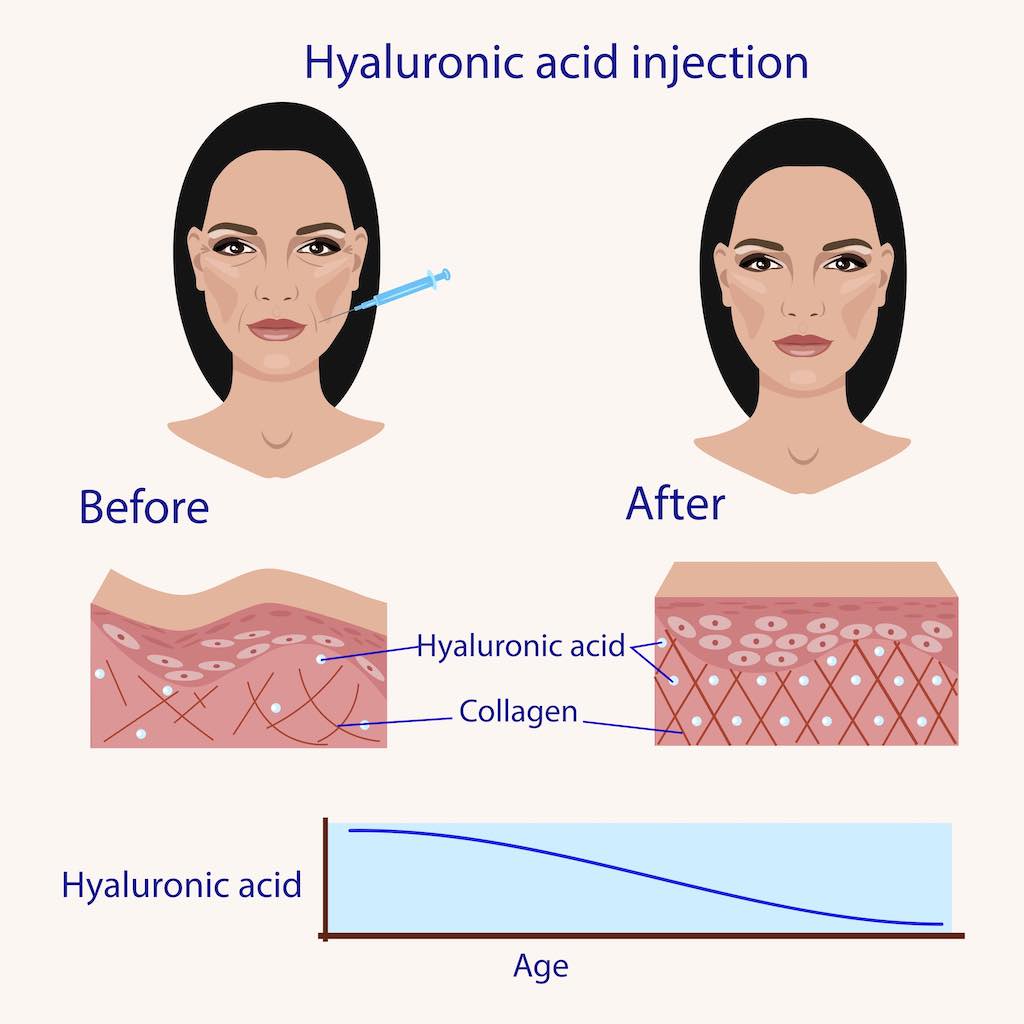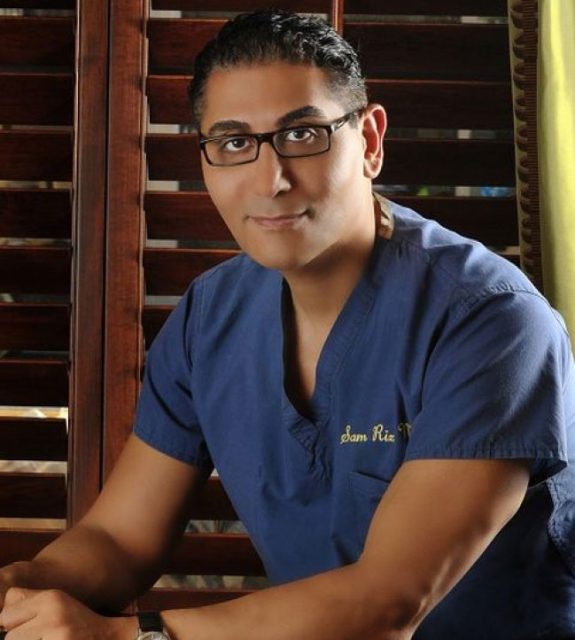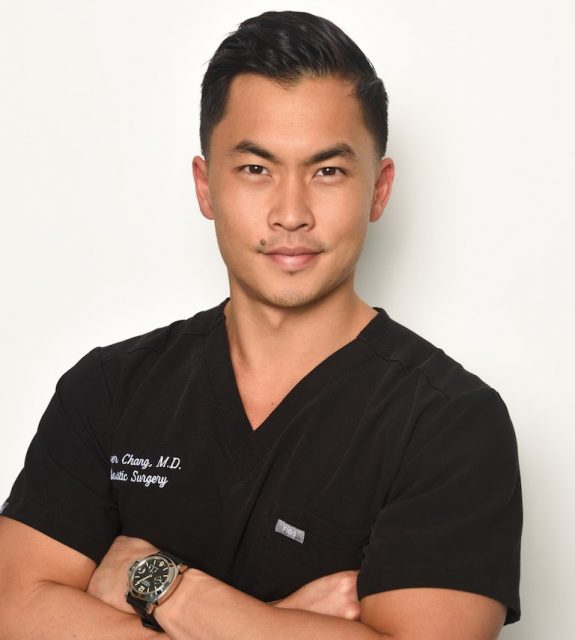Elizabeth Laikhter co-authored this article.
Dr. Samuel Lin is a double board-certified Plastic Surgeon and Associate Professor of Surgery at Harvard Medical School who practices in Boston, Massachusetts. Dr. Lin received his Bachelor’s degree in Biomedical Engineering at Northwestern University and was enrolled in the Honors Program for Medical Education at Northwestern University, Feinberg School of Medicine, Chicago, Illinois. Dr. Lin completed a one-year fellowship appointment in Microvascular Reconstructive Surgery at the world-renowned University of Texas M.D. Anderson Cancer Center in Houston, Texas. He has also been named a Top Influencer in #PlasticSurgery. Dr. Lin is board certified by both the American Board of Plastic Surgery and the American Board of Otolaryngology-Head and Neck Surgery. Dr. Lin is board certified by two ABMS boards. He is Program Director of the BIDMC-Harvard Plastic and Reconstructive Surgery residency, and Co-Director of the Harvard Aesthetic and Reconstructive Plastic Surgery Fellowship at BIDMC. Dr. Lin was awarded the recipient of a “Mentoring Award,” by Harvard Medical School through a special nomination process which is sent out to all Harvard faculty members, house officers, fellows, and students. He has been a Boston “Top Doc” for several years in plastic surgery. Dr. Lin dishes on injectable fillers, in specific, the hyaluronic acid filler which helps maintain skin structure and moisture.

HB: What is hyaluronic acid?
Hyaluronic acid is used for several medical reasons: from joint pain treatment to cosmetic applications. Hyaluronic acid is a naturally occurring molecule and a vital component of human skin. It is found in a thick layer of the skin called the dermis, which is essential in maintaining skin structure, and functions as a protective barrier between the environment and your body. Importantly, hyaluronic acid also helps maintain the moisture of your skin because it binds water molecules very well.
HB: How is hyaluronic acid made?
The same hyaluronic acid made by the human body is also made by other animals and even bacteria. Most hyaluronic acid used for dermal fillers and other cosmetic products is produced naturally by bacteria under controlled laboratory conditions. Hyaluronic acid on its own would be degraded within days of injection, so it is stabilized by “cross-linking,” which is a chemical process. Different hyaluronic acid products are made using unique cross-linkers, which makes each product ideal for different uses.
More about different types of hyaluronic acid filler:
As mentioned above, different brands and formulations of hyaluronic acid filler exist. Depending on the formulation, it may be harder or softer. Softer fillers are used in areas where the skin is thinner, such as near the eyes or lips. Harder or denser fillers work well in areas with thicker skin and deeper wrinkles. Your board-certified plastic surgeon will know which type of hyaluronic acid filler is ideal to achieve your desired results.
 Photo Credit: ShutterstockHB: How long do hyaluronic acid fillers last?
Photo Credit: ShutterstockHB: How long do hyaluronic acid fillers last?
Because your body is able to make its own hyaluronic acid, it also produces natural enzymes to break it down. With chemical cross-linking, this process is slowed and fillers typically last 6-8 months before their effect is no longer substantial. You may need additional treatments with filler to maintain optimal results.
HB: What is the cost of hyaluronic acid filler?
One vial of hyaluronic acid filler is around $600-800. Depending on the size of the area you would like to enhance, multiple vials may be needed. There may be additional fees associated with your treatment, which you should discuss with your surgeon.
HB: What can you expect on the day of a dermal filler procedure?
Before the day of your procedure, you should have a consultation with your board-certified plastic surgeon to discuss your goals and establish realistic expectations. On the day of your procedure, your doctor will take photos of your face and mark sites where filler will be injected. The injection sites will be properly cleaned and your skin may be numbed. Your plastic surgeon will inject filler and massage areas of injection. This process usually takes 15- 60 minutes. You may go home the same day of your procedure. The area of injection may be tender and slightly swollen, but should not affect your daily activities.
HB: What are other hyaluronic acid cosmetic products on the market?
Hyaluronic acid skincare products are becoming increasingly popular and include basic skin cream as well as “designer” serums. These creams and serums are effective at maintaining skin moisture due to the strong water-binding capability of hyaluronic acid. Moisturized skin appears plumper, which reduces the appearance of fine wrinkles; however, topical creams do not penetrate deep enough to effectively reduce deeper wrinkles. These products are great for daily moisturizing but are not meant to produce significant cosmetic changes.
For more information, visit Dr. Samuel Lin's social media:

























